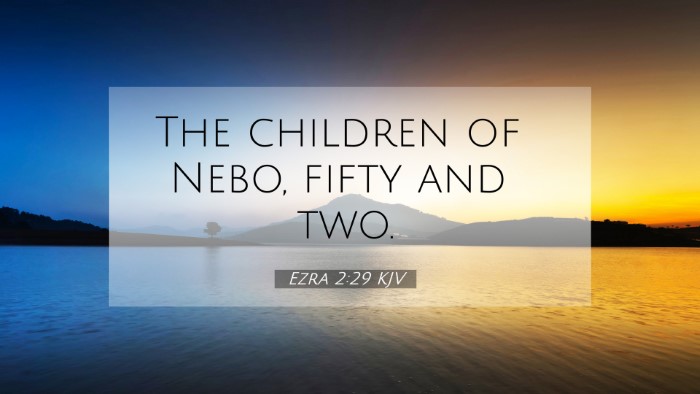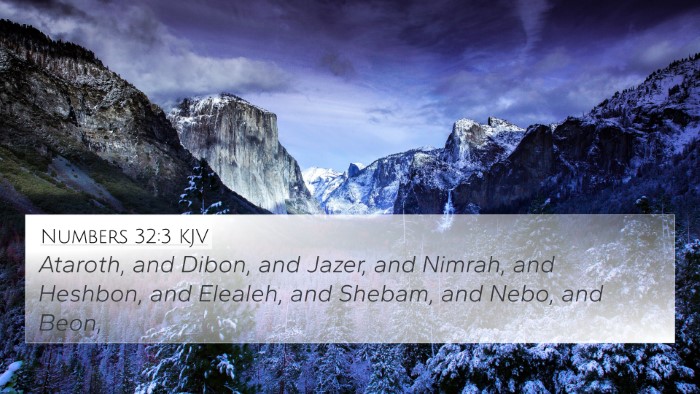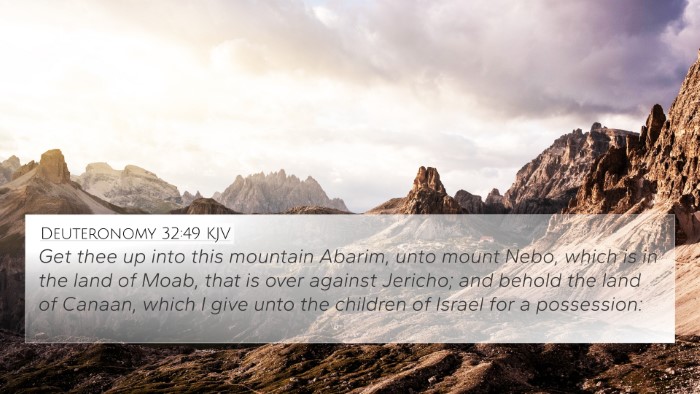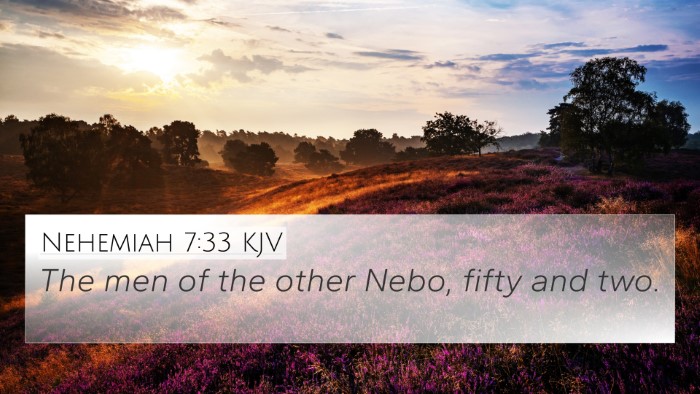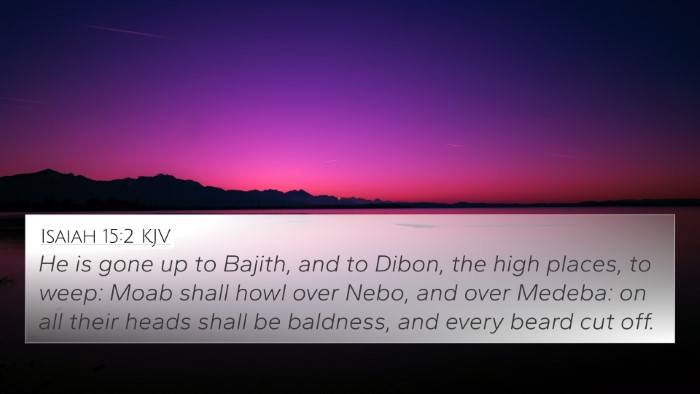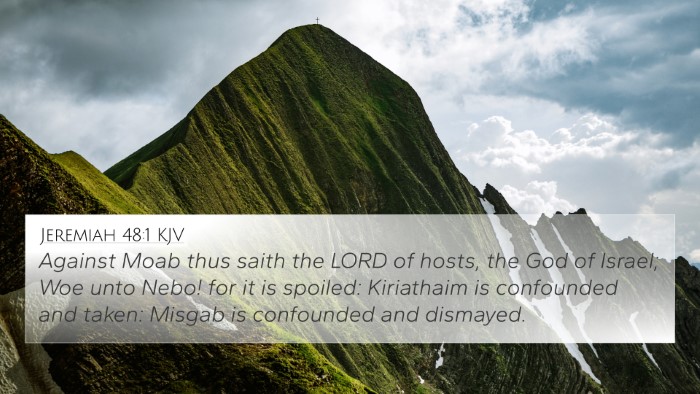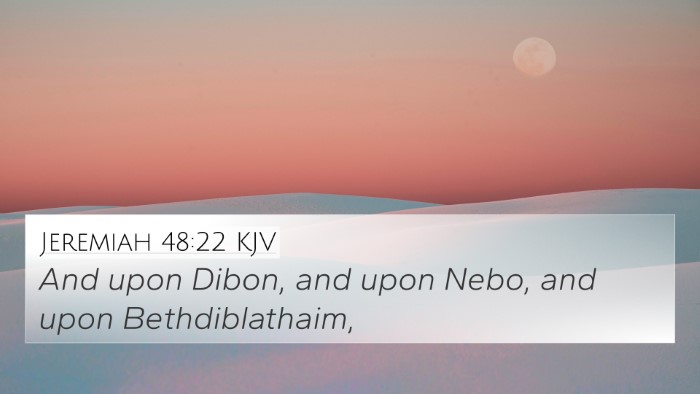Understanding Ezra 2:29
Ezra 2:29 states, "The children of Eban, two thousand three hundred and twenty." This verse is part of the genealogy and enumeration of those who returned from Babylonian exile to Jerusalem. In this commentary, we will explore the meaning of this verse through insights gathered from public domain commentaries.
Contextual Background
To grasp the significance of Ezra 2:29, it is important to understand its context within the book of Ezra and the history of Israel. This chapter predominantly lists the families that returned to Jerusalem after their exile in Babylon, signaling a phase of restoration and rebuilding.
Insights from Commentators
Matthew Henry
Matthew Henry emphasizes that each name in the enumeration represents a community and a lineage that contributes to the restoration of God's people. He notes that the precise counting is indicative not just of numbers but of the significance of each person in God's redemptive plan.
Albert Barnes
Albert Barnes highlights the importance of the figures mentioned in this verse, such as the children of Eban. He points out that such detailed accounts serve to demonstrate God's faithfulness in preserving His people and fulfilling His promises regarding their return.
Adam Clarke
Adam Clarke notes that the figure of "two thousand three hundred and twenty" underscores the collective unity of the Israelites returning home. This is a testament to God's provision and the strength of community among those who had been scattered.
Thematic Connections
This verse serves as a pivot point for discussion on several themes within scripture. Here are some connections to consider:
- Faithfulness to Covenant: Late Old Testament passages emphasize God's covenant community and how it is reflected in the return from exile (Nehemiah 1:8-9).
- Restoration: The act of returning is a major theme in both Ezra and Nehemiah, indicating hope and restoration after a period of judgment (Isaiah 40:1-2).
- Rebuilding the Temple: The context of the return centers around the rebuilding of the Temple, which is central to Jewish worship (Ezra 3:8-13).
- Community Identity: This enumeration reinforces the identity of the Jewish people as a community called out by God (1 Peter 2:9).
- God’s Sovereignty: The detailed record fulfills prophecies regarding the return and emphasizes God’s sovereign hand in guiding His people (Jeremiah 29:10).
- Perseverance through Trials: The journey to return was fraught with difficulties, paralleling the themes of perseverance in scriptures like Romans 5:3-5.
- Hope for Deliverance: The anticipation of this return ties closely to messianic prophecies (Daniel 9:25).
Cross-References
Exploring cross-references allows for deeper understanding and context. Here are several relevant verses:
- Nehemiah 7:7 - A parallel enumeration of the returning exiles.
- Isaiah 11:11 - Prophecy regarding a second gathering of the people of Israel.
- Jeremiah 29:10 - A prophetic word about the people returning after 70 years.
- Ezra 1:1-4 - The decree of Cyrus that allowed the Jews to return and rebuild.
- Zechariah 1:16 - The Lord's promise to return to Jerusalem with mercy.
- Psalms 126:1 - A song of ascent celebrating the return from captivity.
- Daniel 9:2 - Daniel’s realization of the prophesied duration of exile.
Conclusion
In Ezra 2:29, we uncover the themes of restoration, community identity, and divine faithfulness. Each number and name reflects God's hand in history and His plans for His people. Understanding Ezra 2:29 through these commentaries and related scriptures enriches our grasp of the overarching narrative of redemption and communal identity in the Bible.
Further Study
For those interested in deepening their study, tools for Bible cross-referencing are invaluable. Utilizing a Bible concordance or Bible cross-reference guide can provide greater insights into the connections between these verses. Engaging in cross-referencing Bible study methods can enhance one's understanding of scriptural themes and inter-Biblical dialogues.
By examining the connective tissue of scripture, one can appreciate how individual verses come together to form a comprehensive narrative of faith, community, and God’s unwavering promises.


